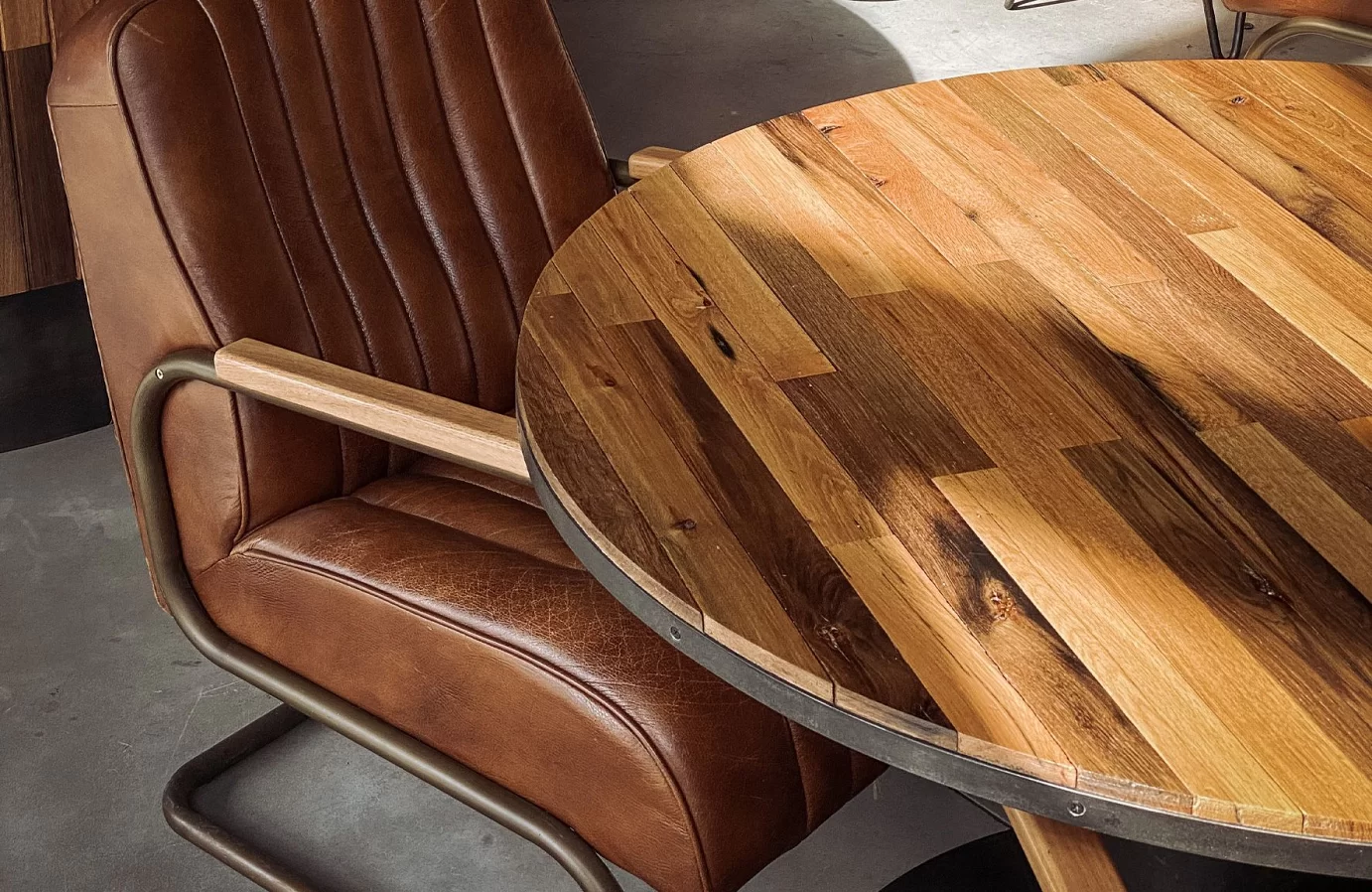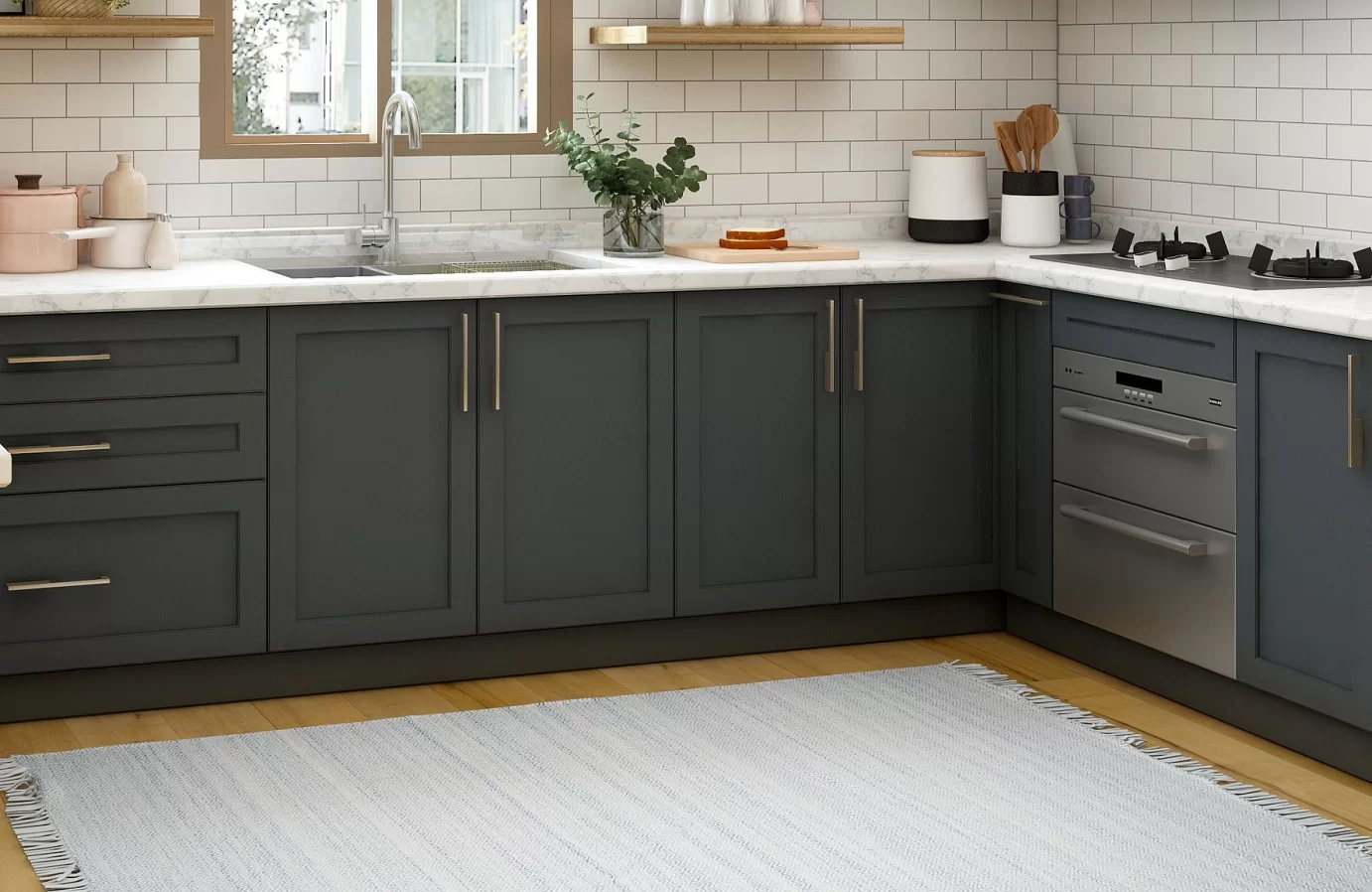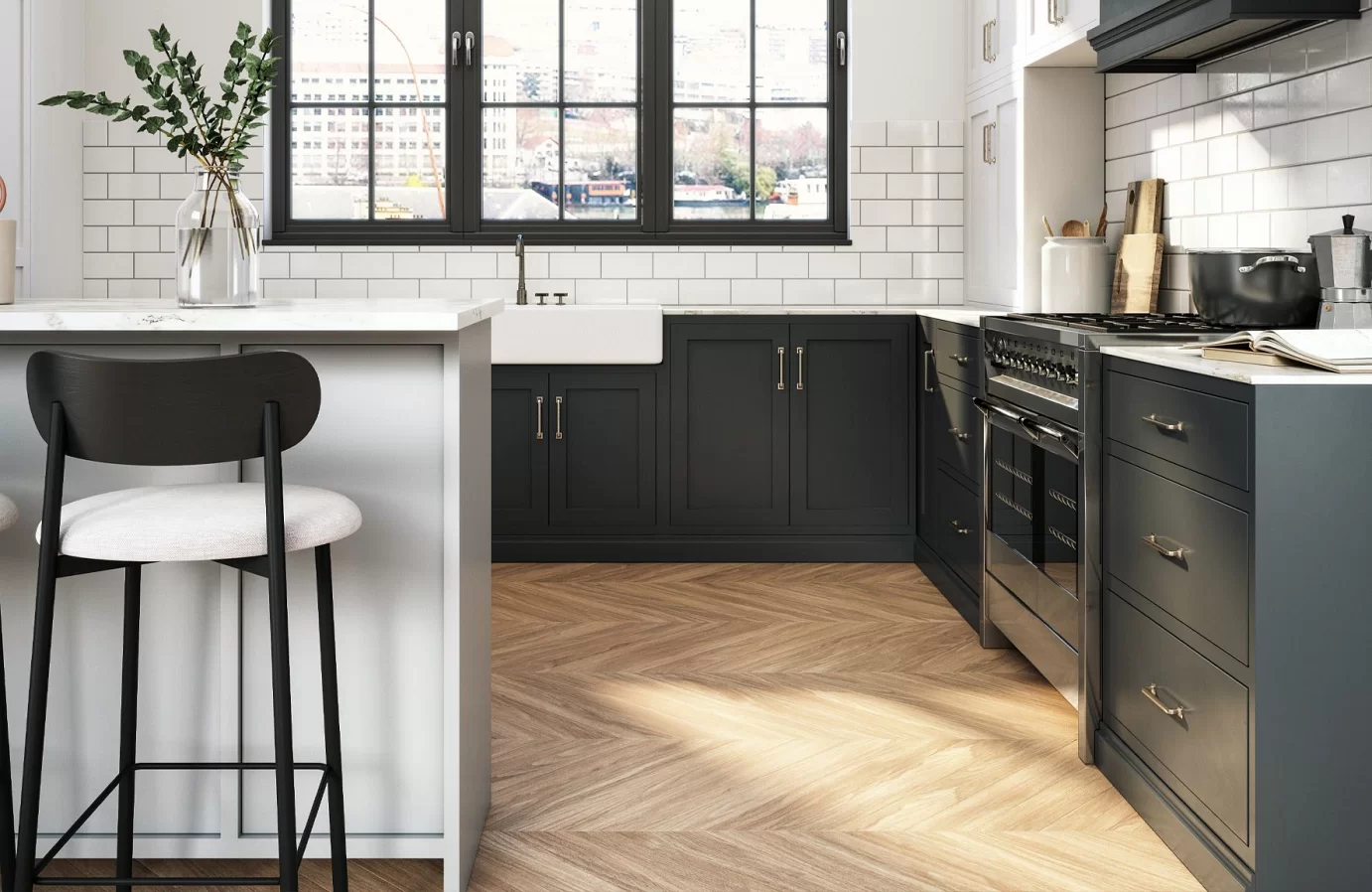Selfac
431-22XX Selflac Pre-Cat Clear Topcoat
Find distributor Trouver un distributeurSelflac is an economical, ready to use, self-seal Pre-Catalyzed Reactive Amino Coating (RAC). This coating will dry quickly and sand easily.
Selfac
Selflac is an economical, ready to use, self-seal Pre-Catalyzed Reactive Amino Coating (RAC). This coating will dry quickly and sand easily.
Product Codes:
431-2210 10° Matte
431-2225 25° Low Gloss
431-2235 35° Satin
431-2250 50° Semi-Gloss
431-2290 90° High Gloss
Product information
- Viscosity:
Zahn #2 signature cup 25 sec at 25°C
- Flash Point: 39°F (4°C)
- Density (lb/gal): 0.92 ± 2% at 25°C
- Solid (% by weight): 25%
- Solid (% by volume): 18%
- Shelf Life (months): 12
Download product information sheets
These products are designed for industrial use only. AkzoNobel views safety as a top priority. Please refer to Material Safety Data Sheet for information on the safe use of this product.
Dry times are greatly affected by film build, porosity of substrate, air movement as well as heat and humidity. Temperatures are based on actual board temperature. This may vary depending on length of time for boards to reach these temperatures. Minimum curing temperatures of 64°F/18°C must be maintained throughout the curing cycle to achieve the film integrity as stated in product features.
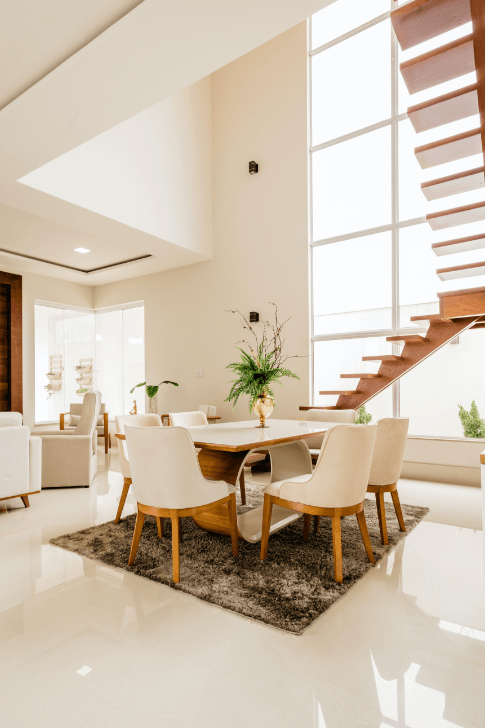
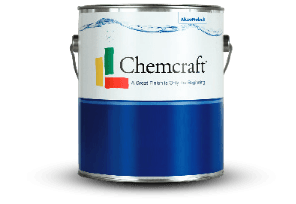
Recommanded for interior woodwork

Recommandé pour les boiseries intérieures
OmniBuild Pro, apprêt à catalyser est recommandé pour les travaux de menuiserie intérieure sur bois massif et MDF.
View our ranges
Our extensive wood coatings expertise covers all technologies. From pre-catalyzed to waterborne, nitrocellulose to polyurethane, we deliver a wide range of top-performing products for your business.
View our ranges
Our extensive wood coatings expertise covers all technologies. From pre-catalyzed to waterborne, nitrocellulose to polyurethane, we deliver a wide range of top-performing products for your business.


 New Selva Pro
New Selva Pro